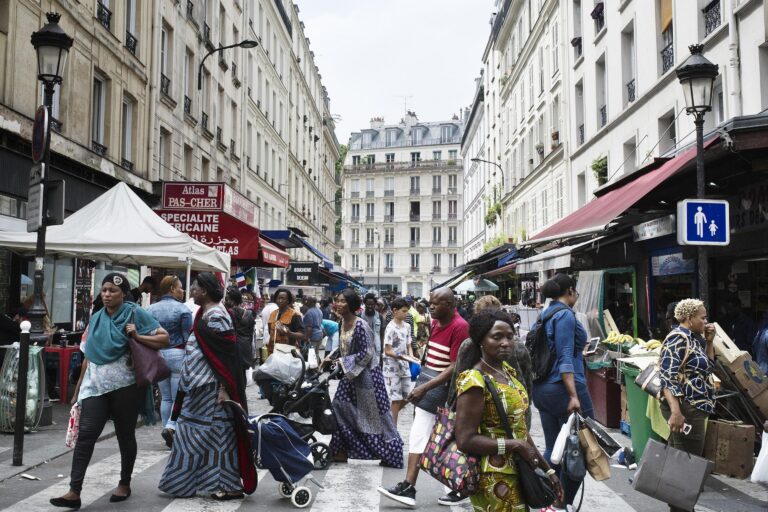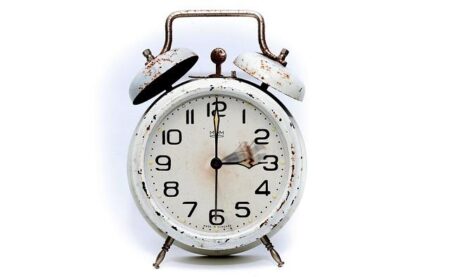How Black Culture Has Shaped Paris—and Where to Experience It
Paris, long celebrated as a beacon of art, fashion, and intellectual thought, has also been profoundly influenced by the vibrant tapestry of Black culture. From the roaring jazz clubs of the 1920s to the dynamic street art of today, the contributions of Black artists, musicians, and thinkers have indelibly marked the city’s history and cultural landscape. This article delves into the rich heritage of Black culture in the City of Lights, exploring its historical roots and contemporary expressions. Furthermore, we will guide you to the key neighborhoods, venues, and events where you can immerse yourself in this cultural legacy, offering a fresh perspective on one of the world’s most iconic cities. Whether you’re a resident or a visitor, understanding the significance of these cultural touchstones adds depth to your appreciation of Paris and its enduring spirit of diversity.
Uncovering the Historical Footprints of Black Culture in Paris
The vibrant legacy of Black culture in Paris is woven into the very fabric of the city, tracing back to the early 20th century when the likes of Josephine Baker and Langston Hughes transformed its artistic landscape. Black expatriates and artists found refuge and inspiration in neighborhoods such as Montparnasse and Montmartre, where they fostered a community that celebrated creativity and innovation. This convergence of cultures birthed jazz bars and literary salons that not only promoted artistic expression but also challenged societal norms, making Paris a beacon of freedom and cultural exuberance for those seeking a new identity. Key venues like the historic Le Café de Flore and the legendary Chez Josephine continue to resonate with echoes of this dynamic past, attracting visitors eager to experience a slice of its rich heritage.
Today, the city’s dedication to honoring its multicultural roots is evident through various festivals and events. The annual Paris Black Film Festival and the Africa Museum, located at the Trocadéro, showcase influential voices from the African diaspora, fostering dialogues around identity and representation. Visitors can also explore Saint-Germain-des-Prés, known for its blend of art galleries and bookstores rich in Black literary contributions. To delve deeper into the historical influence of Black culture, one might consider visiting the Cemetery of Montparnasse, the resting place of legendary figures such as Paul Éluard and other artists who shaped this enchanting narrative.
| Venue/Event | Description | Location |
|---|---|---|
| Le Café de Flore | Iconic café frequented by Parisian intellectuals and artists. | Saint-Germain-des-Prés |
| Chez Josephine | Restaurant honoring Josephine Baker with vibrant performances. | Montmartre |
| Paris Black Film Festival | Celebrities and film showcasing African diasporic cinema. | Various venues across Paris |
| Africa Museum | Museum dedicated to African art and culture. | Trocadéro |
| Cemetery of Montparnasse | Final resting place of notable Black artists and writers. | Montparnasse |
The Vibrant Influence of Jazz and Arts on the Parisian Scene
The intertwining of jazz and visual arts with the Parisian cultural landscape showcases a dynamic exchange where creativity flourishes in the most unexpected locales. From the smoky jazz clubs of the Marais to the avant-garde galleries of Montmartre, each space bears the indelible mark of Black artists and musicians who have transformed the city. The pulsating rhythms of jazz not only influenced musical jargon but also inspired a spectrum of artistic expressions, making Paris a canvas for painters, writers, and sculptors. The voice of this vibrant culture resonates as masterful compositions and stunning visual narratives converge, echoing the experiences of African American expatriates and their contributions to creative life in the city.
Visitors can immerse themselves in this amalgamation of sound and sight by exploring key venues and cultural hotspots, which include:
- Le Caveau de la Huchette: A historic jazz club where legends have played.
- La Maison de la Culture du Japon: Showcasing cross-cultural exhibitions and performances.
- MusĂ©e D’Orsay: Housing works by artists like Henry Ossawa Tanner, embodying the Black experience.
- Jazz Ă la Villette: A festival that celebrates contemporary jazz with a nod to historical roots.
| Venue | Highlight |
|---|---|
| Le Caveau de la Huchette | Historic performances |
| La Maison de la Culture du Japon | Cultural fusion events |
| MusĂ©e D’Orsay | Exhibits on Black artists |
| Jazz Ă la Villette | Modern jazz festival |
Culinary Journeys: Tasting Authentic Afro-French Cuisine
In the heart of Paris, Afro-French cuisine is a vibrant testament to the rich tapestry of the city’s cultural landscape. This culinary fusion, born from the historical interplay of African and French influences, offers a unique palette of flavors that reflect both heritage and innovation. Traditional ingredients such as yams and cassava find their place alongside classic French herbs, crafting dishes that tell stories of resilience and celebration. Visitors can immerse themselves in this rich culinary experience at local eateries known for their authentic offerings, such as:
- Le Bistrot d’HaĂŻti: Known for its spicy griot and sweet plantains.
- Chez Aline: A popular spot for casual dining with flavorful accras and creole chicken.
- Le Comptoir des Mers: Specializes in intricate seafood dishes inspired by African coastal cuisine.
To truly appreciate the depth of this cuisine, a focus on communal dining experiences is essential. Many establishments encourage sharing, emphasizing the cultural significance of meals as collective events. This social aspect is highlighted in gatherings that celebrate festivals or family milestones, where dishes are prepared in large batches and served family-style. For those looking to dive deeper, several local cooking classes offer hands-on experiences, allowing participants to explore the techniques behind classic stews, sauces, and pastries, including:
| Class | Focus | Location |
|---|---|---|
| Afro-Fusion 101 | Stews and Sauces | Les Ateliers de Paris |
| Creole Comfort Foods | Baking and Desserts | Association des Cuisiniers |
| The Art of Spices | Seasoning Techniques | Le Foodist |
Cultural Hotspots: Where to Experience Contemporary Black Paris
Paris serves as a vibrant tapestry of cultural exchange, with contemporary Black contributions enriching its fabric. A must-visit is the La Villette district, home to the Philharmonie de Paris, where jazz and soul music genres thrive through electrifying performances. Nearby, the Banlieues Bleues music festival annually celebrates urban music, showcasing artists from diverse backgrounds. Additionally, Le 104 (Centquatre) stands out as a cultural center dedicated to the avant-garde, frequently hosting exhibitions focused on Black artists and community leaders.
For art enthusiasts, a trip to the Palais de Tokyo is essential, featuring significant works by contemporary Black artists, fostering dialogues about identity and heritage. The Mémorial de la Shoah pays tribute not only to Jewish culture but also highlights the intersections with Black communities throughout history. Explore local eateries such as Chez Janou in Le Marais, where African and Caribbean cuisines offer a taste of diasporic flavors that reflect Paris’s rich multicultural narrative.
The Conclusion
In conclusion, the rich tapestry of Black culture in Paris is a testament to the city’s global significance and its role as a melting pot of influences. From the vibrant rhythms of African music echoing through the streets of Montmartre to the poignant artistry displayed in the galleries of Belleville, the contributions of Black artists, thinkers, and activists are not only a vital part of Paris’s heritage but also essential to its ongoing narrative. As visitors and locals alike seek to engage with this cultural legacy, various neighborhoods, cultural institutions, and events offer immersive experiences that celebrate this vibrant history. Exploring these avenues provides a deeper understanding of how Black culture has not only shaped the landscapes of Paris but continues to inspire and transform it today. For those looking to delve into this rich cultural legacy, the City of Light remains an inviting canvas, ready to illuminate stories of resilience, creativity, and connection.




